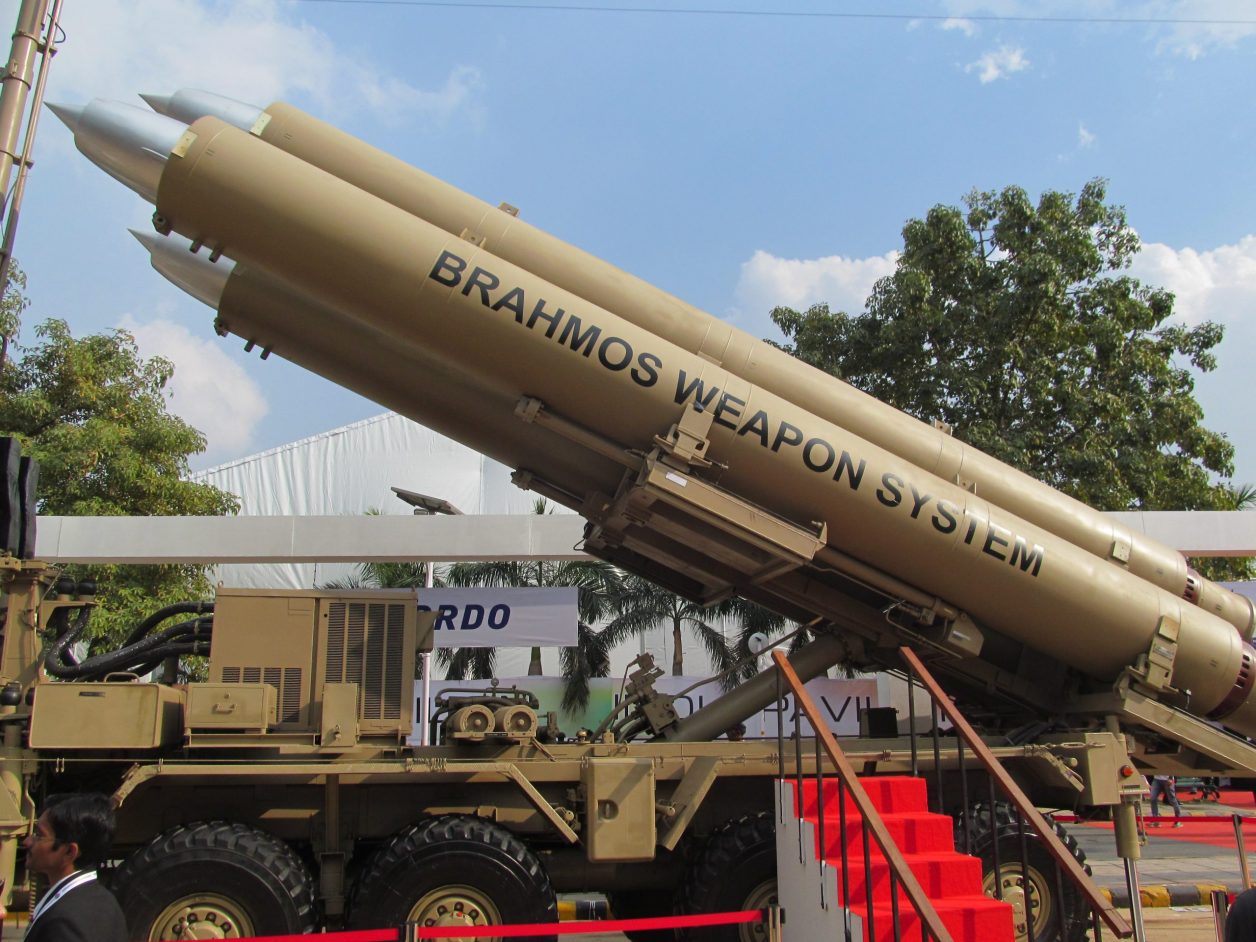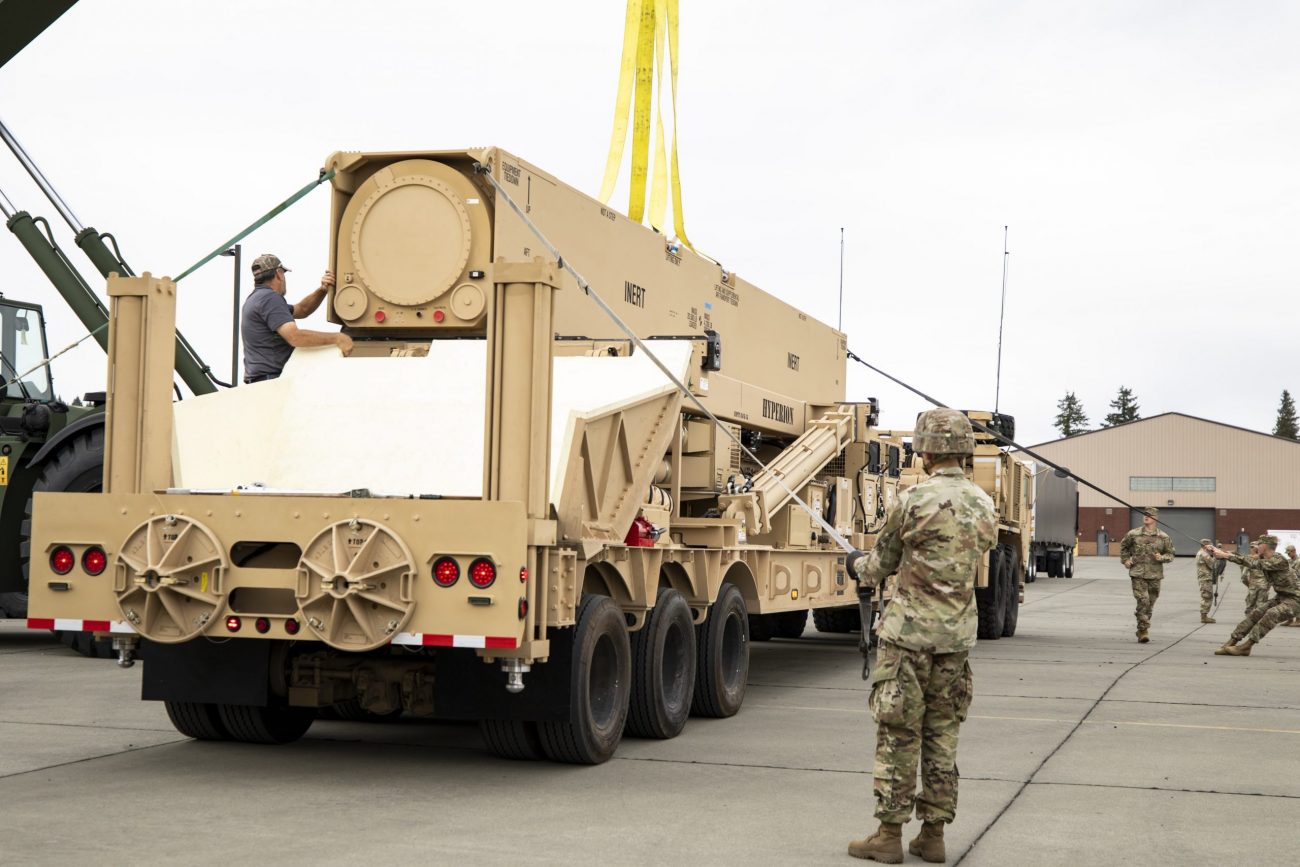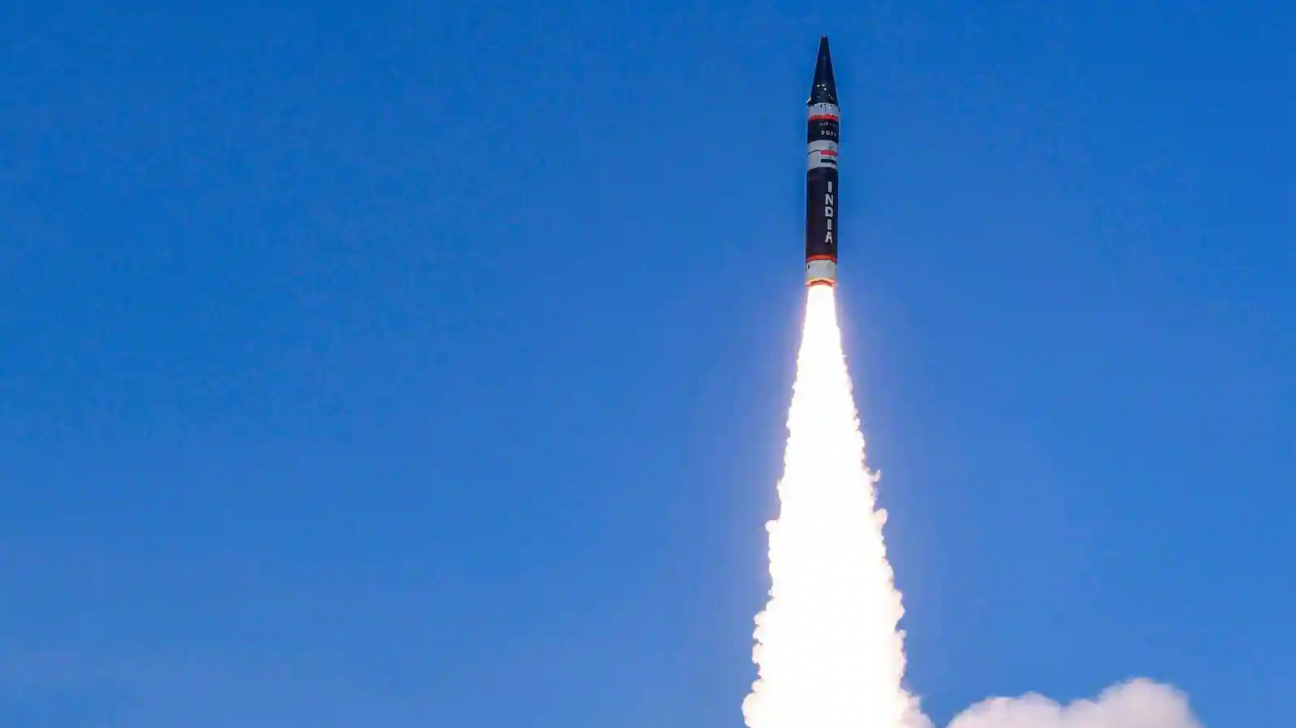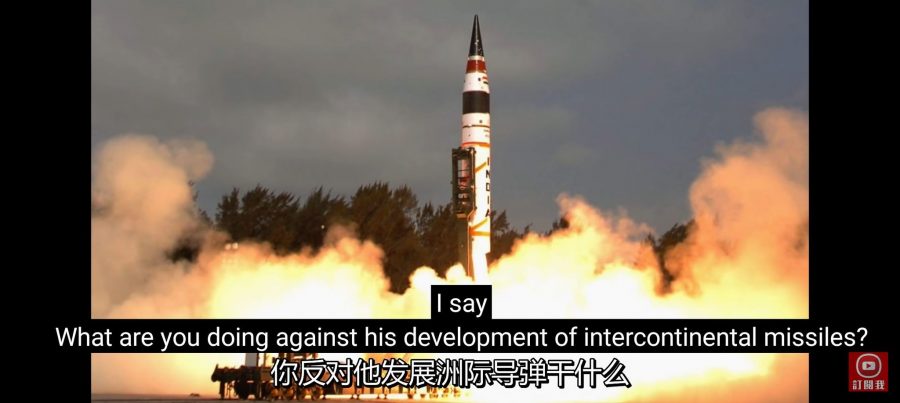Throughout the troubled relationship of India and Pakistan since their emergence as two separate sovereign nations in 1947, has New Delhi acted as defensive and Islamabad as magnanimous in handling the situation after the “inadvertent” release of an unarmed missile (most probably Brahmos) on March 9 from the Indian town of Sirsa, which flew hundreds of kilometers before crashing in Pakistan’s eastern city of Mian Channu, about 500 km (310 miles) from capital Islamabad. It had flown 124 km (77 miles) in Pakistani airspace.
India and Pakistan, both nuclear nations with short-range as well as long-range missile deliveries of conventional and nuclear warheads, do not have any systematic arrangement on ‘risk- mitigation”, like the one that still exists between the US and Russia to avoid a war, particularly a nuclear war.
Such a system deals with the concerns over system safety, security, and interpretation of intent that mark weapon delivery systems. The idea here is to avoid any risk of heightened tensions, inadvertent or accidental launch, and the prospect of use in a regional nuclear war.
That in the absence of such mechanisms, both Delhi and Islamabad have handled a grave situation in “a much-matured manner” that has been widely appreciated.
India has expressed “deep regret” and set up an inquiry to find out how the “accident” occurred and promised to punish the guilty. Pakistan seems to have accepted the Indian regrets, though not before pointing out its interests in being a party to that enquiry. All told, it is Pakistan that would have suffered considerably if the missile was armed and if it had fallen near or on a populated location.
Is it time then to have some firm risk-mitigation mechanisms between India and Pakistan, whatever the nature of their relationship may be? Experts and analysts world over will overwhelmingly answer “Yes”, drawing their knowledge and experience from what happened between Moscow and Washington.

There is the example of misinterpretation of missile-related data in 1979 when an inadvertent placement of a training tape showing a missile attack into the live warning system.
Eight minutes after Warning Screens showed 1,400 Soviet ICBMS approaching North America, the first impression was that the “Attack was Under Way” and the US must counterattack.
But within six minutes of assessing the threat, it was determined that the warning was false. The false warning was attributed to “human and systems errors “: A technician had put a training tape in a computer that then—inexplicably—routed the information to the main US warning centers.
Another incident in 1980, which resulted from a failed computer chip, again led to a false indication of a Soviet missile attack. This was more serious than the one in the preceding year.
This time, it was a computer, not human error. A serious computer chip problem occurred on early June 3, when the main US warning centers all received notification of a large incoming nuclear strike.

The then National Security Advisor Zbigniew Brzezinski of President Jimmy Carter woke at 3 am to a phone call telling him a large nuclear attack on the United States was underway and he should prepare to call the President. But Brzezinski did not do that; he confided later that he had not woken up even his wife, assuming they would all be dead in 30 minutes!
On their part, the Russian officials, in 1995, misinterpreted a missile launch conducted as a joint Norwegian–American research rocket study of the northern lights. Despite prior notification, Russian authorities did not get the word and used their internal hotline link to discuss a possible retaliatory strike.
Within minutes, President Boris Yeltsin was brought his black nuclear-command suitcase. For several tense minutes, while Yeltsin spoke with his defense minister by telephone, confusion reigned, till it was found out that someone on the Russian side forgot to tell the radar technicians, who, in turn, suggested that an American first strike might be incoming.
It is said that this was the first time a Russian or Soviet leader had used a nuclear briefcase in response to an actual alert. Yeltsin, mercifully, concluded that it was not actually the first strike and did not retaliate and the world was spared of a catastrophe.
India-Pakistan Nuke War
However, the point to be noted here is that there was sufficient time in the context of longer-range US/USSR intercontinental missile threats and the fact that the US and USSR/Russia were physically apart by thousands of kilometers. That is the luxury the decision-makers in India and Pakistan do not have, given the short flight times associated with their missiles.
Cities such as Lahore and Amritsar are only tens of kilometers from the border. Islamabad is less than 100 km from the border and even Delhi is less than 400 km from the border. When missile flight times are only a few minutes, warning times are even less due to the time required for sensors to detect the missile already in flight.
Response times are further reduced because of delays in communicating to decision-makers, assessing information, making decisions, and finally giving orders on how to respond.
This situation, therefore, may result in either the missile reaching the targets before the decision-making process is over to determine how to respond or decision-makers responding prematurely before having time to fully assess the warning information received.
Given this reality, which is rather frightening, experts suggest ways in the India-Pakistan context for “improved predictability” that would contribute directly to the longer-term stability of the strategic relationship.

India-Pakistan Confidence Building Measures
The idea is that both sides should have greater confidence that there would be no sudden military developments, drastically undermining their security. It can be done in many ways, three of which are particularly noteworthy.
First, communication is said to be the key. Communication could be transparent on particular weapon programs and their deployments or actions so as to avoid misperceptions by adversaries or potential adversaries. Such communication may be the public declarations of their doctrines, voice messages between their leaders, sensor or other data, images, or text messages. The system may also take the form of a “hotline” between military or political leaders.
Secondly, there could be agreements on missile non-deployment and de-alerting. Generally, deployed weapons systems that are issued to operational military units and can be available on short notice to be used by those units in support of military objectives do not leave time and space for the decision-makers to make their mind.
Similarly, de-alerting measures have been defined as “reversible actions taken to increase the time or effort required to launch a ballistic missile.” These measures are designed to prevent accidents or unauthorized use, and also serve to slow the deliberate or intended use of a weapon system by requiring time to fully re-deploy the system.
Thirdly, restricting the deployment of missile systems from specific geographic locations can always limit threats. This is particularly desirable for shorter-range missiles whose removal away from borders and out of range of the other side could build confidence and reduce the potential threat level.

In fact, this was done by India in1997 by removing the Prithvi missiles from locations near Jalandhar in Punjab to Secunderabad.” This, in effect, created a unilateral non-deployment zone near the border for these systems.
Overall, however, India and Pakistan do not have any lasting risk-mitigation mechanism except the agreement in December 1988, whereby both sides agreed not to attack each other’s nuclear facilities. The agreement on non-attack of each other’s nuclear installations was ratified in 1991 on the condition that the two exchange an updated list of nuclear sites in their respective states on January 1 every year.
It may be noted that following the Indian Prime Minister Atal Behari Vajpayee’s historic trip to Lahore in 199, there was an MoU, which, incidentally, has not been executed in its true spirit. The MoU had said of agreements to exchange information on nuclear doctrines and security concepts, providing advance notification of ballistic missile flight tests, notifying promptly nuclear accidents or unauthorized or unexplained incidents, and establishing communication hotlines to avert crisis situations.
So far, the only India-Pakistan agreement that is being implemented is the 1988 agreement prohibiting attacks on each other’s nuclear facilities and exchange of the list of their nuclear installations.
Of course, there exists a hotline between Directors-General Military Operations, which, perhaps, was used to control the situation following the accidental release of the aforesaid Indian missile.
But that may not be enough when the overall atmosphere is one of low trust and confidence. Communication can really be reassuring when there is trust in the validity of the information provided. And that needs periodic independent assessments of information from other sources such as intelligence data.
All told, avoidance of war depends on the predictability of the military relationship between the two countries. India and Pakistan have a lot to do in this regard.
- Author and veteran journalist Prakash Nanda is Chairman of Editorial Board – EurAsian Times and has been commenting on politics, foreign policy on strategic affairs for nearly three decades. A former National Fellow of the Indian Council for Historical Research and recipient of the Seoul Peace Prize Scholarship, he is also a Distinguished Fellow at the Institute of Peace and Conflict Studies. CONTACT: prakash.nanda@hotmail.com
- Follow EurAsian Times on Google News





